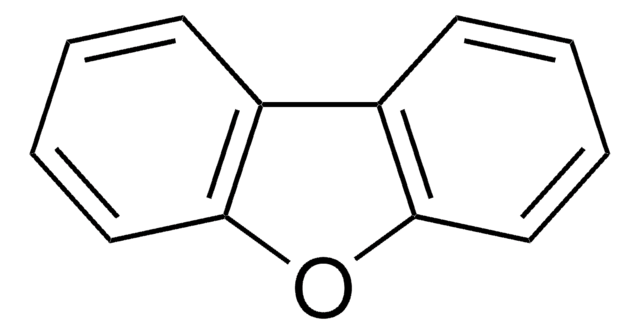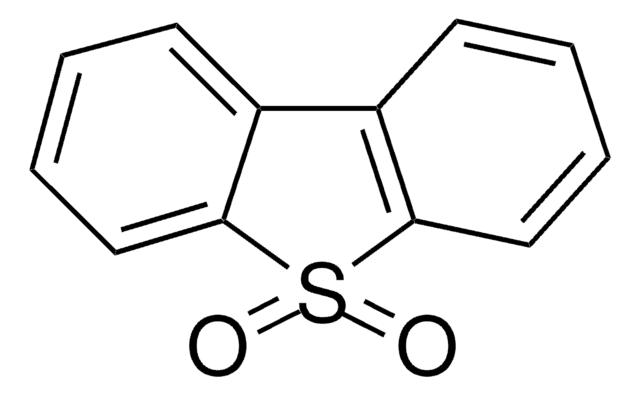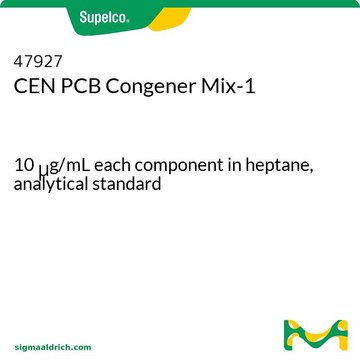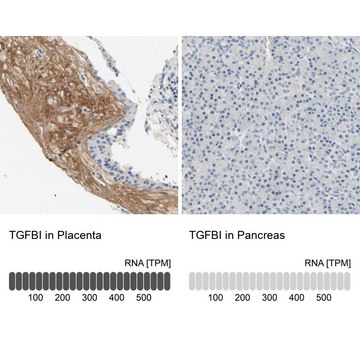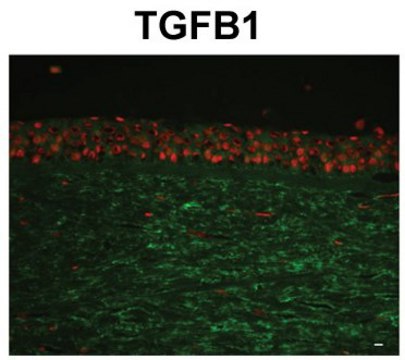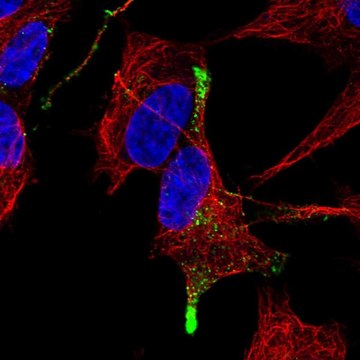P5280
Sodium pyruvate
powder, BioReagent, suitable for cell culture, suitable for insect cell culture, ≥99%
Synonym(s):
α-Ketopropionic acid sodium salt, 2-Oxopropanoic acid sodium salt, Pyruvic acid sodium salt
Select a Size
About This Item
Recommended Products
product line
BioReagent
Quality Level
Assay
≥99%
form
powder
technique(s)
cell culture | insect: suitable
cell culture | mammalian: suitable
mp
>300 °C (lit.)
solubility
H2O: 100 mg/mL
density
1.78 at 20 °C
application(s)
metabolomics
storage temp.
2-8°C
Looking for similar products? Visit Product Comparison Guide
1 of 4
This Item | HPA017019 | AV44268 | HPA063582 |
|---|---|---|---|
| conjugate unconjugated | conjugate unconjugated | conjugate unconjugated | conjugate unconjugated |
| Quality Level 100 | Quality Level 100 | Quality Level 100 | Quality Level 100 |
| biological source rabbit | biological source rabbit | biological source rabbit | biological source rabbit |
| antibody form affinity isolated antibody | antibody form affinity isolated antibody | antibody form IgG fraction of antiserum | antibody form affinity isolated antibody |
| product line Prestige Antibodies® Powered by Atlas Antibodies | product line Prestige Antibodies® Powered by Atlas Antibodies | product line - | product line Prestige Antibodies® Powered by Atlas Antibodies |
| shipped in wet ice | shipped in wet ice | shipped in wet ice | shipped in wet ice |
General description
Application
- to culture MCF7 ρ0 (human breast cancer cell line) cells as parent cells
- as a supplement in extracellular flux (XF) assay media to incubate cells for measuring oxygen consumption rate (OCR)
- as a supplement in minimum essential medium Eagle to maintain breast cancer (MCF-7) cells
- as a supplement in Dulbecco′s modified Eagle medium (DMEM)-based medium and modified Eagle medium (MEM)-α for testis cell culture to evaluate the effect of medium composition on in vitro SSC maintenance
Biochem/physiol Actions
Features and Benefits
- Cell culture and insect cell culture tested
- Versatile and adaptable for a wide variety of laboratory and research applications
- BioReagent Grade Sodium succinate for your Cell Biology and Biochemical research
- Tested for Mammalian and Insect cell culture applications
Other Notes
comparable product
related product
Signal Word
Warning
Hazard Statements
Precautionary Statements
Hazard Classifications
Eye Irrit. 2 - Skin Sens. 1B
Storage Class Code
13 - Non Combustible Solids
WGK
WGK 1
Flash Point(F)
Not applicable
Flash Point(C)
Not applicable
Personal Protective Equipment
Choose from one of the most recent versions:
Already Own This Product?
Find documentation for the products that you have recently purchased in the Document Library.
Our team of scientists has experience in all areas of research including Life Science, Material Science, Chemical Synthesis, Chromatography, Analytical and many others.
Contact Technical Service